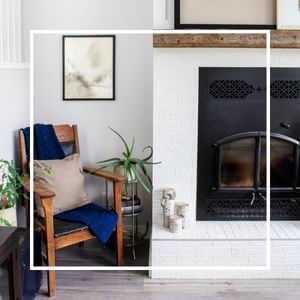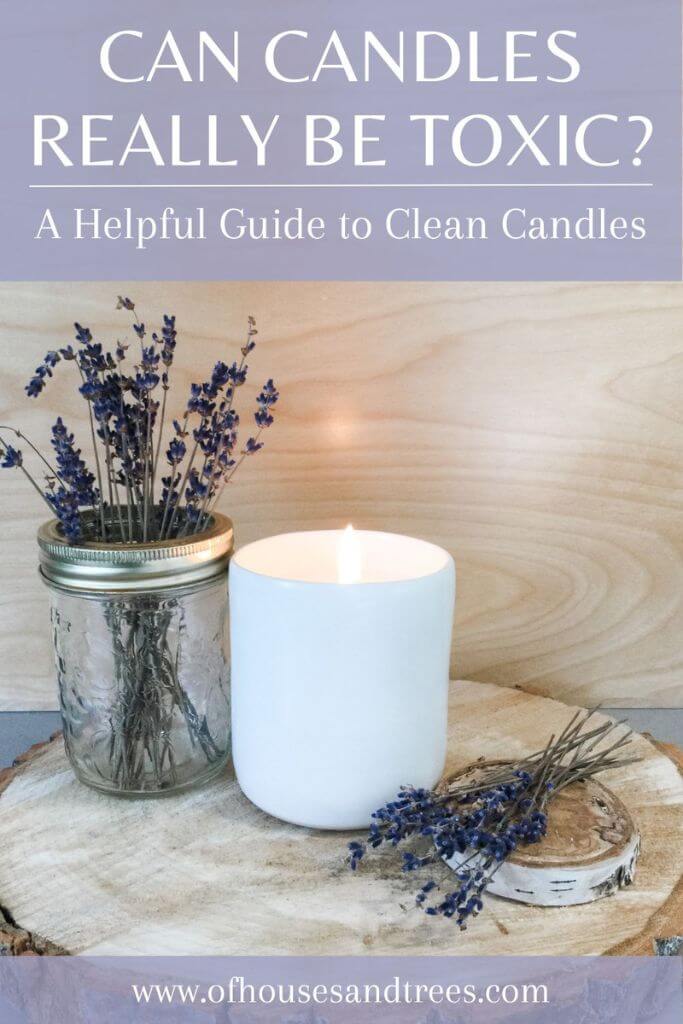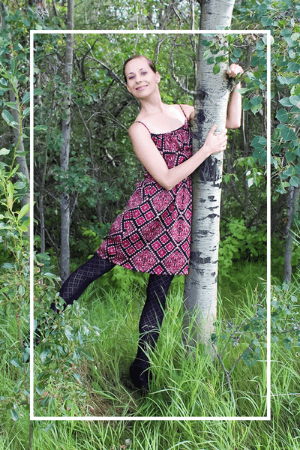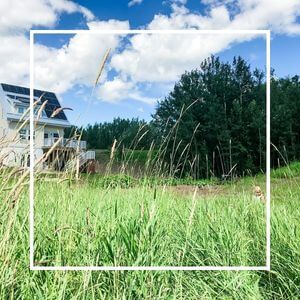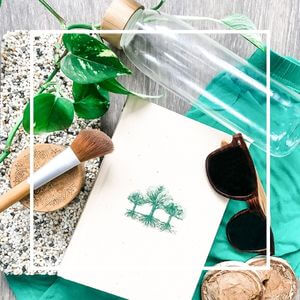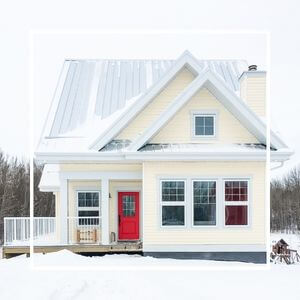Can candles really be toxic? Here are four questions to ask yourself when shopping for clean candles, plus five of the safest candles to burn in your home!
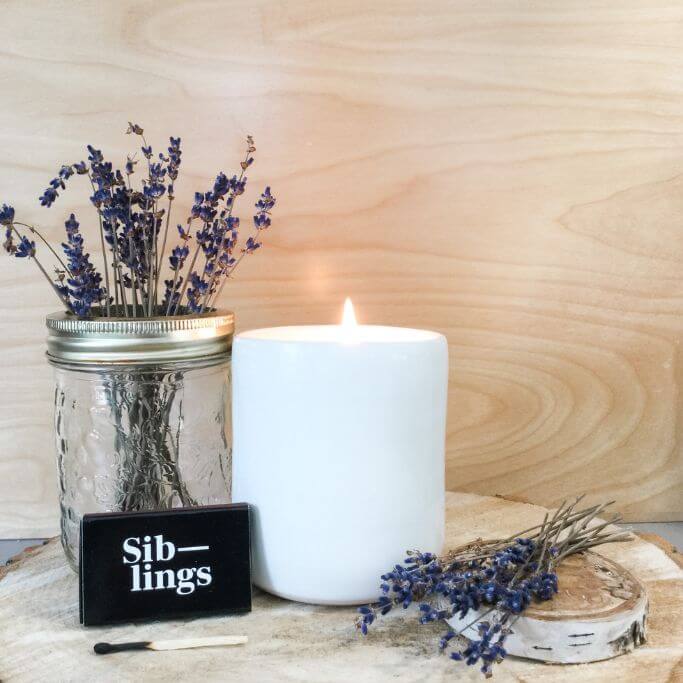
One of the big issues with trying to find non toxic candles is that the word “toxic” itself is a very strong word. What exactly does it mean for a candle to be “toxic” or “non toxic” for that matter? That being said there’s no question that not all candles are created equal in terms of what they’re made of – and what they release into your home when burned.
Keep reading to learn more about what to look for when choosing candles for your home – and what to avoid. Or, skip ahead for five of my recommendations for clean candles, featuring the sustainable candle brand Siblings. Siblings combines their recipe for beautiful-smelling toxin free candles with the fun of DIY.
Siblings’ blend of coconut wax, soy and beeswax comes in a compostable package that you microwave and then pour into any vessel you desire. You can reuse jars, mugs or old candle holders again and again, which is a fun and sustainable option.
Learn more about Siblings below! You can also read my post on how to make your own candles from scratch.
Featured Video
Can Candles Really Be “Toxic”?
The main issue with knowing whether certain candles are harmful to your health is that the candle industry is mostly unregulated. Meaning, what manufacturers put in candles vary widely and because there’s no “ingredients” info like on food labels, we often don’t know what’s even in a candle.
A few common – and less desirable ingredients – include paraffin wax (petroleum based), VOCs (impacts indoor air quality), and unknown colour and fragrance sources (which may be carcinogenic). A good rule to follow, in my opinion, is that if you have no idea what’s in a candle – it’s probably not something you want in your home.
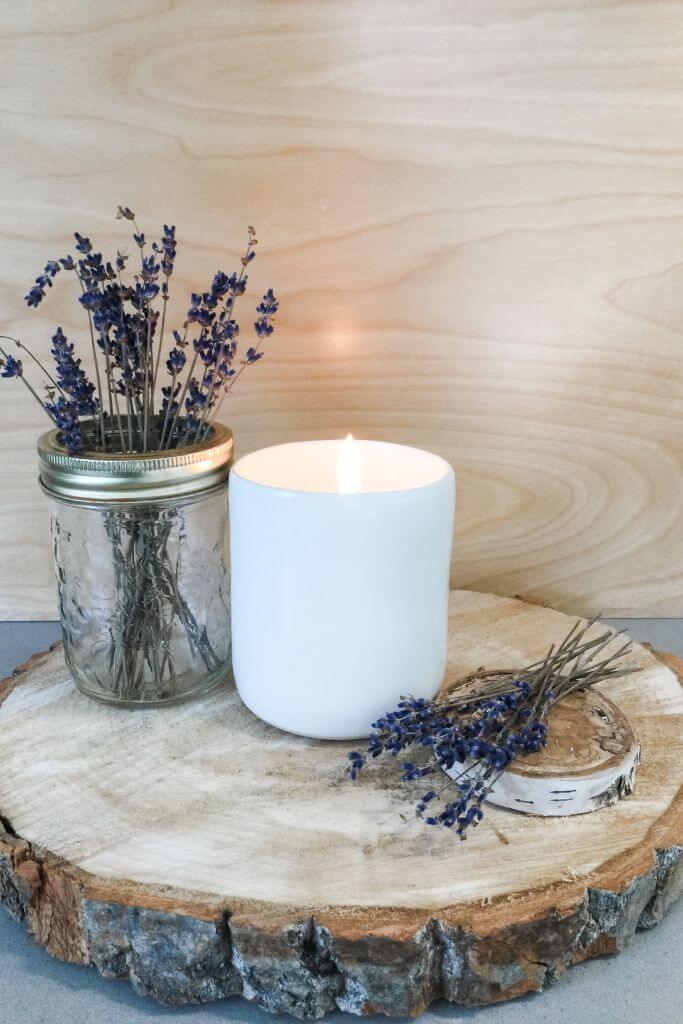
Clean Candles 101
Now that we’re starting to recognize what kinds of ingredients we DON’T want in our candles, let’s talk a bit about what we DO want. Here are four questions you can ask yourself when candle shopping to help you feel confident you’re making a healthy – and sustainable – choice.
What is the fragrance source?
Fragrance is probably one of the hottest topics when it comes to candles. (Pun intended!) Fragrance can often be the biggest culprit when it comes to releasing chemicals into your home, chemicals you then breathe in. That being said, not all “artificial” fragrances are bad and not all “natural” fragrances are good.
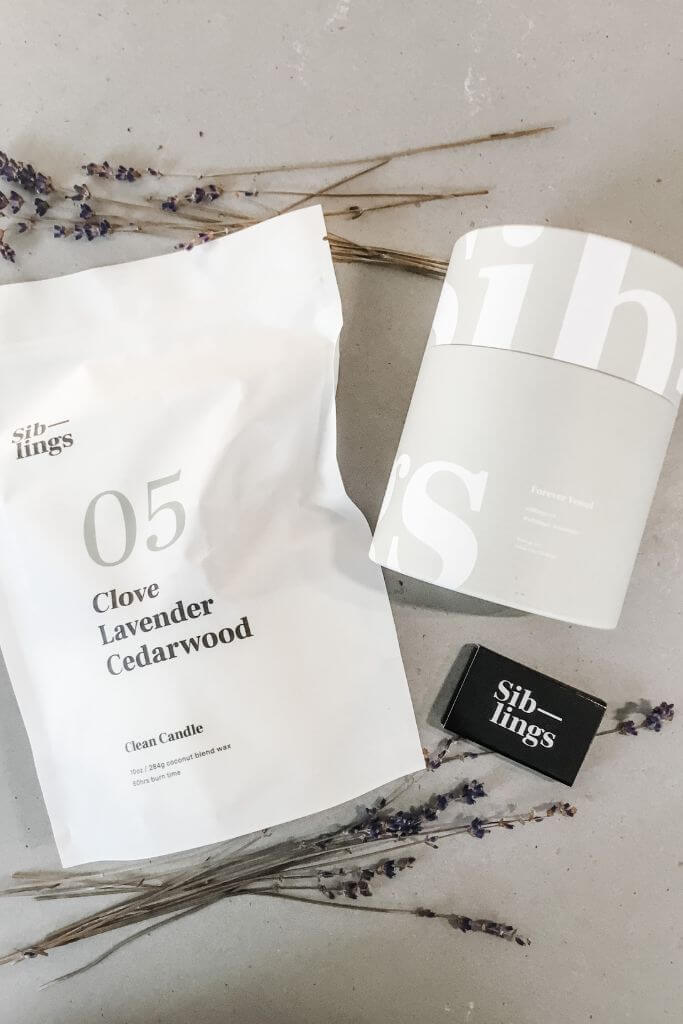
What’s most important is that you know what type of fragrance is in a candle and that you’re aware of how you personally react to it. If a candle doesn’t list its fragrance source – that’s always a no for me. And while I prefer 100% natural fragrance such as essential oils, there isn’t anything inherently wrong with a synthetic fragrance as long as it’s certified non-toxic. Also, I know some people actually can’t use essential oils because of allergies, so if there are certain essential oils you’re sensitive to, avoid them or choose an unscented clean candle instead.
What type of wax is it made from?
Just as with candle fragrance, candle wax is a much debated topic. Many candles are made from paraffin wax, which is petroleum derived. And while the jury is still out on whether burning a paraffin-based candle is unhealthy, we do know that the world needs to move away from its petroleum dependencies and thus a natural wax is an all-around better choice in my mind.
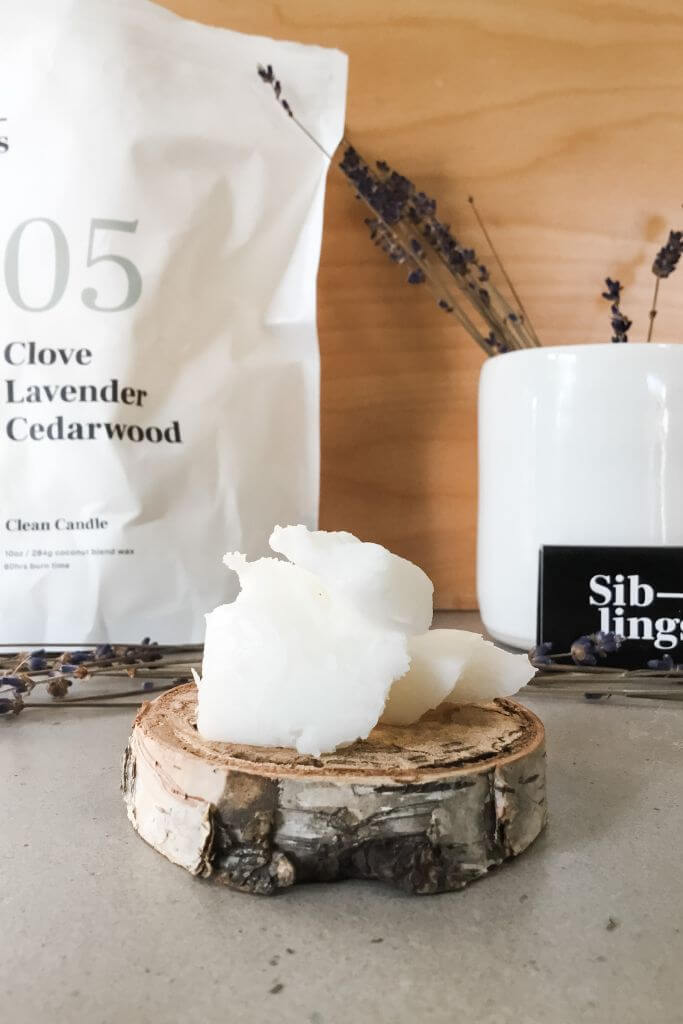
A few popular naturally-derived wax types are coconut, soy and beeswax. That being said, because there are few regulations in the realm of candles, a candle can be labelled as “coconut-based” or “beeswax” even if it only contains a fraction of those ingredients and is largely – you guessed it – petroleum-based. This is why it’s so important to buy candles from brands that are 100% transparent when it comes to their product ingredients.
What is the wick made from?
And the third material in the trio of candle components is the wick itself. I mean, it’s the part you’re lighting after all. Yet, people tend to focus more on fragrance and wax type, without realizing that candle wicks used to be made from lead. Yup, lead! Thankfully, lead wicks were banned in the US in 2003, but once again – not all candle manufacturers are clear about what their wicks are made of.
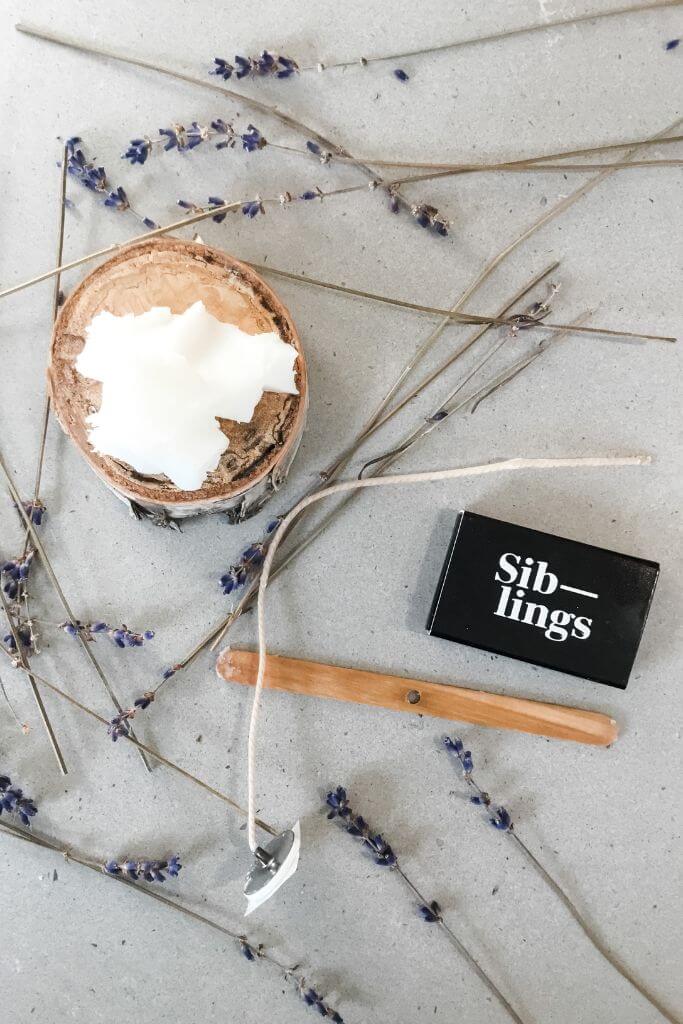
One popular candle wick material is polyester, which is another petroleum-based material. Thankfully, another common wick material is 100% cotton, a better choice than polyester, but you can also find wicks made from hemp, wood and even paper.
What do I know about the company that made it?
This question is one I ask about all companies I buy from – not just candles, but everything. Does it take a little extra time to do some research about a brand before buying one of their products? Yes, a bit. But I always feel that if I’m giving them my hard earned money – they should deserve it by being better than the majority of other brands out there. By better I mean more sustainable, more ethical and more transparent.
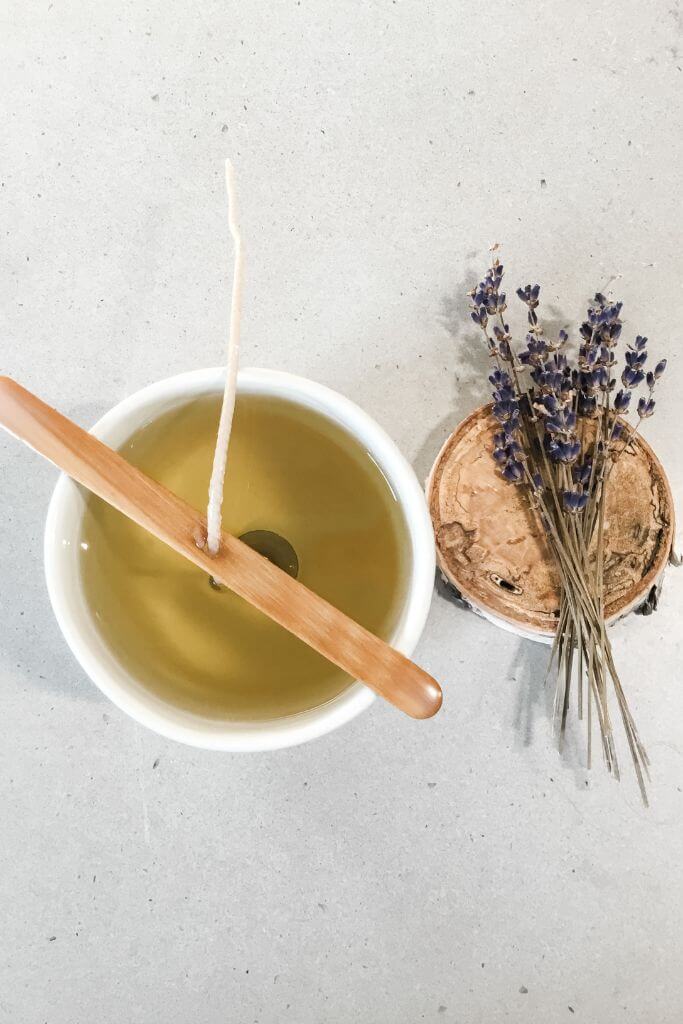
Truly sustainable brands are not shy about telling you why they’re sustainable. If you’re trying to find info about a candle brand and their site has absolutely no info about ingredients or packaging, or uses very generic greenwashing terms that aren’t backed up… well then just back up right off their website and find a better option.
Need help choosing eco-conscious furniture and decor for your home? That’s what I’m here for!
4 of the Best-Smelling Safe Scented Candles Around
Now for the fun part! (Not that learning all about candle ingredients isn’t fun.) Below are a few of my picks for some of the best-smelling safe scented candles from the sustainable candle brand Siblings.
Probably my favourite thing about Siblings is that – because you assemble the candle yourself – you have a better feel for what went into it. You see the wax. You see the wick. You can pour the wax right into your own container, or buy one of their Forever Vessels, which are handmade by US-based ceramic artisans. It’s a fun way to get a hint of that DIY spirit while also supporting a company that is trying to do better.
Now all you have to do is choose a scent!
For the nature-lover
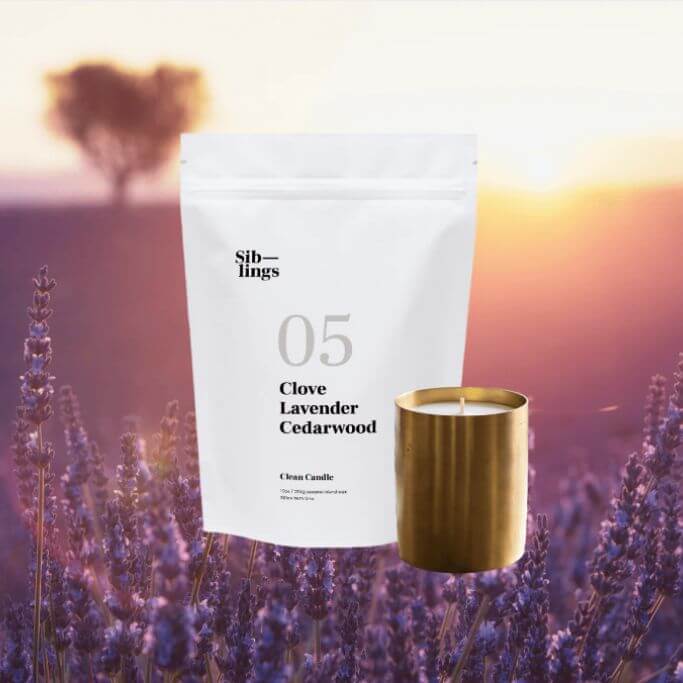
For the travel-lover
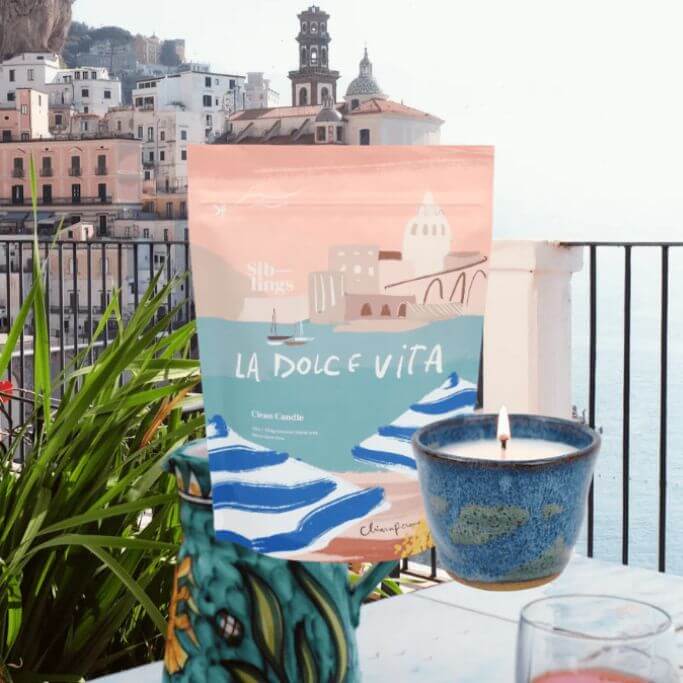
For the flower-lover
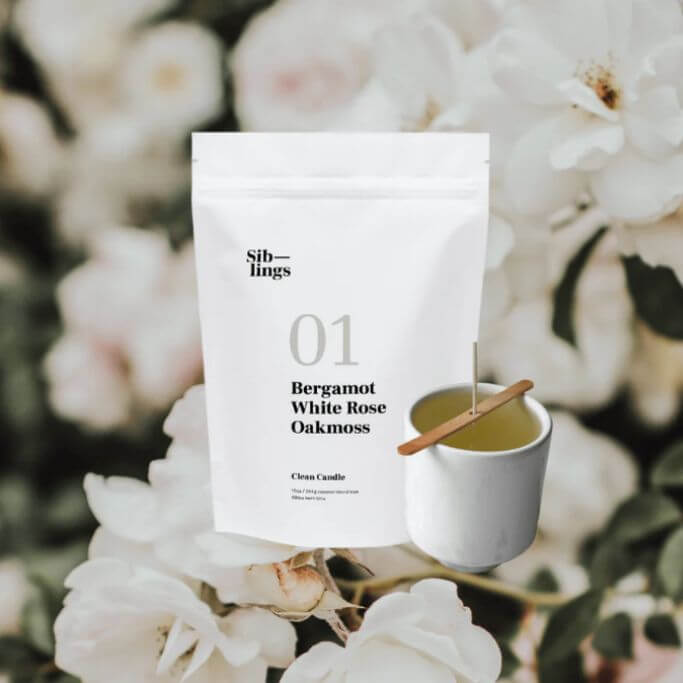
For the cannabis-lover
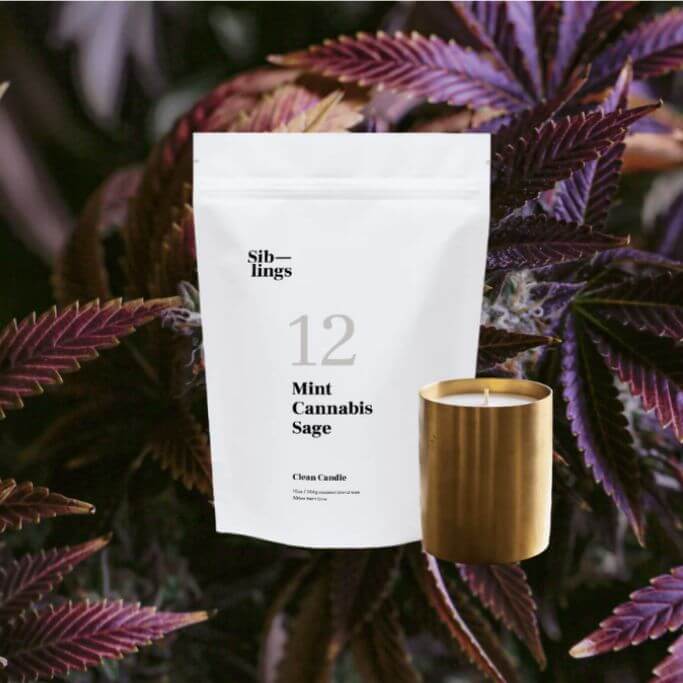
For the mystery-lover
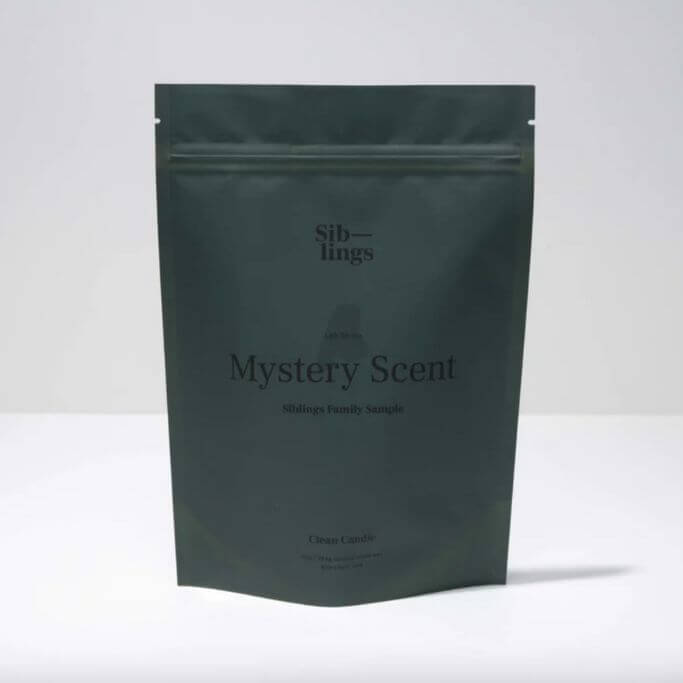
Which candle to buy may seem like a small choice in the scheme of life, but it’s the small choices that count when created a healthier, more sustainable home. While I don’t think you need to run around throwing every questionable candle you own in the garbage, hopefully this post helped you learn a bit more about what goes into a candle – and the questions you can ask yourself the next time you go to buy one.
Do you have a favourite clean candle brand? Or maybe you’ve experimented with making your own candles? Either way, let me know in the comments below!
CLICK HERE TO PIN!
Posted on October 7, 2023
Need help choosing eco-conscious furniture and decor for your home? That’s what I’m here for!
Former architectural technologist. Current treehugger.
I’m here to help you green your home – and your life.
Subscribe to the Of Houses and Trees monthly newsletter and I’ll send you my FREE list of “The 8 Best Places to Buy Eco-Conscious Decor Online.”
What on earth is sustainable design? Learn all about this eco-focused design method and read the latest posts about green architecture, interior design and decor.
Sustainable living is more than just a thing treehuggers talk about. It’s about making conscious choices everyday. Read the latest posts on living with the planet’s wellbeing always in mind.
Visit the Of Houses and Trees sustainable product directory and support brands trying to make a difference in the world.
Find out more about our 40 acres of land in Parkland County, Alberta and the sustainable home we built amongst the trees.
Need help creating the home of your dreams? Care about the planet? You’ve come to the right place! check out my affordable, sustainable e-design services.
Having a had time choosing paint colours? I’ve got you – and your walls – covered with an interior paint palette sure to compliment your home.
Have questions about creating an eco-conscious home? Go ahead – ask me! Sign up for one of my free online interior design consultations and ask me anything you want.
